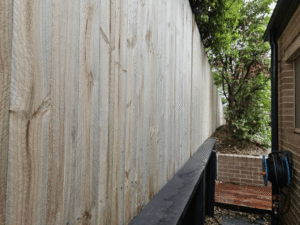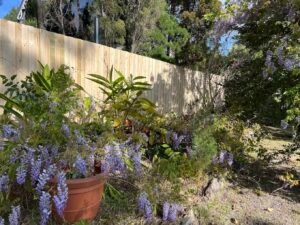Garden sleepers, also known as landscaping timbers or railroad ties, have become a popular choice for both practical and aesthetic purposes in landscaping. These versatile elements can add a touch of rustic elegance to your garden while serving various functional roles. In this blog post, we will delve into everything you need to know about sleepers, from their types and materials to creative applications and maintenance tips.
Types of Garden Sleepers:
-
Wooden Sleepers:
- Traditional and timeless, wooden sleepers offer a warm and natural aesthetic to your garden. Hardwood varieties like oak or tropical hardwoods are particularly durable and resistant to decay.
- Softwood options like pine or cedar are more budget-friendly but may require more maintenance to prolong their lifespan.

-
Concrete Sleepers:
- Modern and sturdy, concrete sleepers are an excellent choice for a more contemporary garden design. They come in various colors and textures, allowing for a customized look.
- Concrete sleepers are durable, low-maintenance, and resistant to rot and pests.
Why Choosing Concrete Sleepers Makes Sense For Your Project? (Read This Blog)

Applications in the Garden:
-
Retaining Walls:
- sleepers are commonly used to create retaining walls, helping to manage slopes and prevent soil erosion. They provide both functional support and visual interest to your landscape.
-
Pathways and Edging:
- Create defined pathways or borders within your garden using sleepers. Their robust structure adds a neat and organized touch to your outdoor space.
-
Raised Beds:
- Ideal for vegetable and flower gardens, raised beds constructed with garden sleepers provide excellent drainage and can be easily customized to fit your garden’s dimensions.
-
Furniture and Features:
- Get creative by using sleepers to build garden furniture, such as benches or tables, or constructing unique features like pergolas or archways. The possibilities are endless.
Maintenance Tips:
-
Sealing and Staining:
- To enhance the longevity of wooden sleepers, consider sealing or staining them. This helps protect the wood from moisture, UV rays, and insects while maintaining their appearance.
-
Regular Inspection:
- Keep an eye on your sleepers for signs of wear, decay, or pest infestations. Promptly address any issues to prevent further damage.
-
Weed Control:
- Ensure that weeds and plants are not growing between the sleeper joints. Regularly remove any vegetation to prevent it from compromising the structural integrity of the garden installation.
Garden sleepers are a versatile and aesthetically pleasing addition to any garden. Whether you’re aiming for a classic, rustic, or modern look, these landscaping elements offer endless possibilities for creative expression. By understanding the types, applications, and maintenance tips, you can confidently incorporate sleepers into your landscape design, unlocking the full potential of your outdoor space.
If you would like further information about any aspect of our wooden garden sleepers, please contact us





